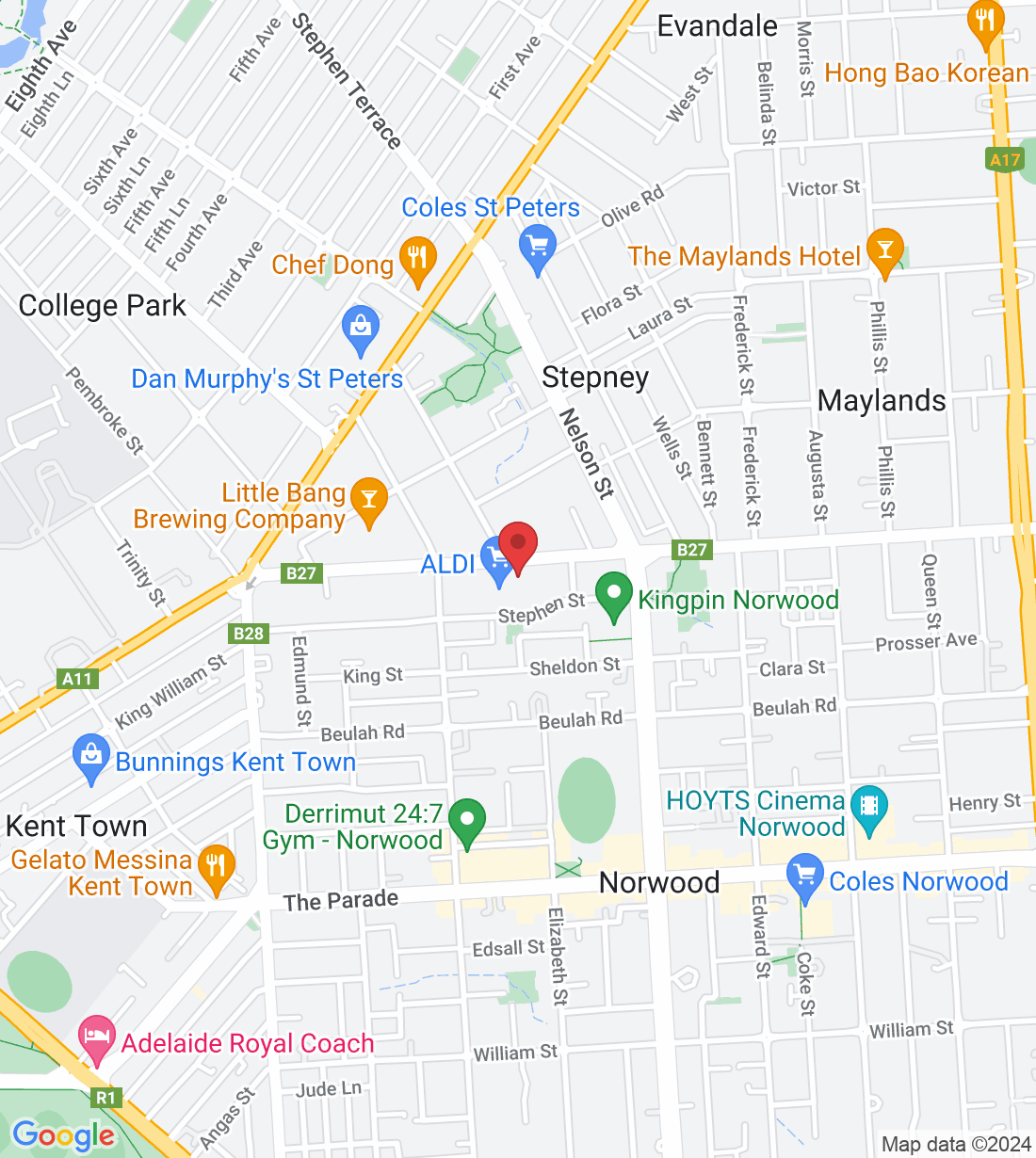
The Panicked Sciatic
Manic, emphatic, dramatic,
You start to erratically panic and think it’s sciatic.
~ Thomas Kostakis, Physiotherapist/unpaid rapper.
A year ago, a few of you may remember our Physio Thomas hobbling around, limping and struggling to stand up straight. Turns out it was sciatica, something that a lot of us have heard of. In this article, we will answer what sciatica is, what causes it, and how physiotherapy can help.
What are the sciatic nerve and sciatica?
The sciatic nerve comes from the lumbar spine and sacrum, and travels through to the lateral foot. Sciatica is the condition where a patient experiences pain and/or paresthesia (an abnormal sensation, such as pins and needles) in the areas innervated by the sciatic nerve, such as the back of and lateral side of the lower limb, and base of the foot. This is called neuropathic pain - pain from a nerve.
It is very common that this nerve is irritated by a disc, an injured joint, or even a muscle. All of these can compress the nerve, and can create some of the symptoms above. Therefore, it’s actually really common, and often seen in age-related spinal changes; sporting, work or car accidents; and even pregnancy. Most importantly, it’s also most often short-lived - as that disc settles down, or that joint moves better, or the muscle stops gripping, the nerve stops getting compressed, and the symptoms go.
How physiotherapy helps
So, if the goal is the calm down the disc, injured joint or gripping muscle, physiotherapy is helpful by:
Help you finding positions for sleep, sitting and standing, that are specific to you and can help offload those structures and nerve
Provide short-term relief, such as through manual therapy, taping, or exercises
Create a long-term plan to monitor for any neurological changes and prevent reinjury, through strengthening and returning to what you love to do
Stress and sciatica
While that nerve is most likely compressed by a disc, joint or nerve, it’s important to recognise how stress plays a role.
Stress acts like a dial for pain - when our stress is high, it causes an inflammatory response in the body that can actually increase our sensitivity to pain. Also, it can cause nerves to fire more frequently, meaning our nerve pain is even stronger. Therefore, it is strongly recommended to consider stress in the treatment of nerve pain. This can be through whatever means you and your body likes - relaxing meditation tracks, deep breathing, psychology, or, if you’re able, a nice, slow walk.
Conclusion
Sciatica is caused by a compression of the sciatic nerve, and is incredibly common. Targeted physiotherapy treatment which may include techniques to help decrease stress is very effective in offloading the nerve, and is a great short- and long-term option.
Ask a question of Vital Core Physiotherapy
Fill in the form to request a Call From Our Team
One of our team will call you for FREE and answer any questions or concerns you may have about your condition
© 2023 Vital Core Physiotherapy





